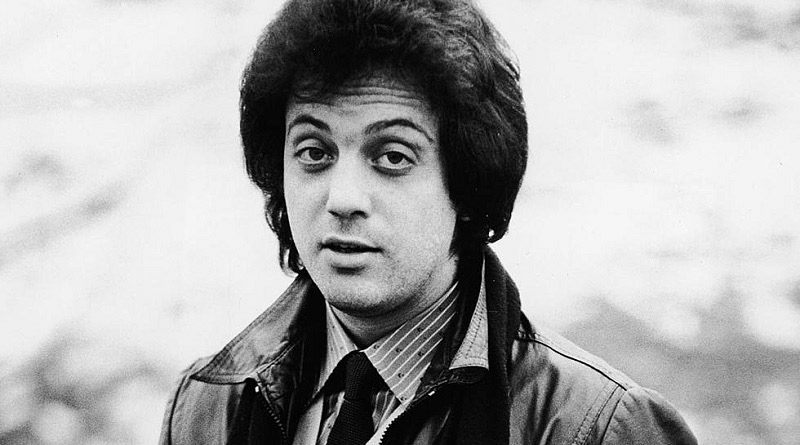HBO’s latest release blends personal insight with rare footage in a two-part retrospective
The two-part documentary Billy Joel: And So It Goes, released by HBO, delivers a revealing narrative about the legendary musician’s life and career. Directed by Susan Lacy and Jessica Levin, the production includes extensive interviews with Joel, his family, former bandmates, and music industry peers, supported by a wealth of archival material.
Personal struggles and creative inspiration in the spotlight
The documentary highlights pivotal episodes in Joel’s personal life, including early relationships, emotional turmoil, and professional turning points. Notable revelations include a past affair, his struggles with mental health, and candid reflections from his ex-wife and former manager Elizabeth Weber, as well as longtime collaborator Jon Small.
Songs like Piano Man and Big Shot are reexamined within the context of Joel’s personal experiences. Appearances by renowned musicians such as Paul McCartney, Pink, Garth Brooks, Bruce Springsteen, and Nas help underscore the lasting influence of Joel’s music.
Navigating between honesty and narrative control
While the documentary does not avoid discussing Joel’s missteps—ranging from substance use to controversial career choices—it largely presents him in a sympathetic light. This raises questions about the balance between transparency and involvement in modern celebrity documentaries, especially when the subject has a hand in shaping the story.
Despite this, And So It Goes offers a comprehensive view of Joel’s journey—from his early years on Long Island to the conclusion of his decade-long Madison Square Garden residency. The series arrives at a fitting moment to reassess his musical contributions and the timeless appeal of his work.



